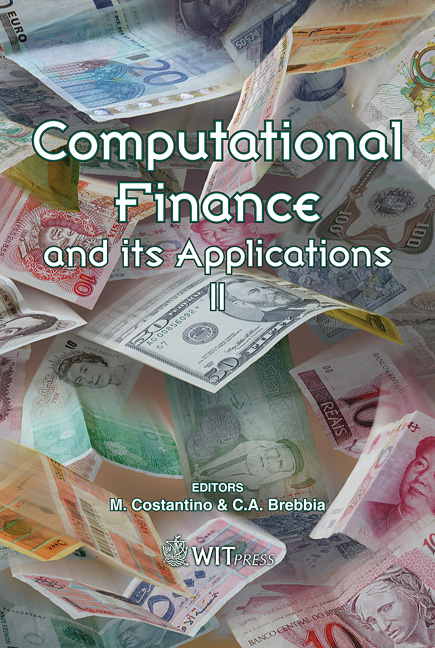Integrated Equity Applications After Sarbanes–Oxley
Price
Free (open access)
Transaction
Volume
43
Pages
10
Published
2006
Size
661 kb
Paper DOI
10.2495/CF060081
Copyright
WIT Press
Author(s)
O. Criner & E. Kindred
Abstract
Primary among the requirements of the Sarbanes–Oxley legislation are that chief executive officers and chief financial officers certify the accuracy of their corporations’ financial statements. This act spawned a thrust to complete total accounting systems with end-to-end financial audit capabilities. The federal government’s use of XML and XBRL will eventually be extended to require that all public companies file all forms and reports with them using XML or XBRL. The Securities and Exchange Commission (SEC) is currently accepting XBRL filings from corporations on a voluntary basis. The potential improvement and analytical capability offered by this new environment requires the planning and implementation of new software for computational science research. This paper discusses the technological convergence that allows the implementation of systems that more accurately and rapidly monitor the performance of public companies through their SEC filings and news events. Keywords: Sarbanes–Oxley, XBRL, XML, computational modelling, accounting data integrity, financial forensic analysis. 1 Background The Sarbanes–Oxley Act was passed by the United States Congress in the aftermath of several corporate scandals involving large public corporations during and after 2001. This research topic became of interest to the senior author because of his involvement as a juror in one of the high profile trials of that time. Several questions arose during that trial concerning the accuracy of accounting information, accounting procedures that thwarted transparency, the integrity of corporate financial data, and the uses and limitations of mathematical and
Keywords
Sarbanes–Oxley, XBRL, XML, computational modelling, accounting data integrity, financial forensic analysis.





